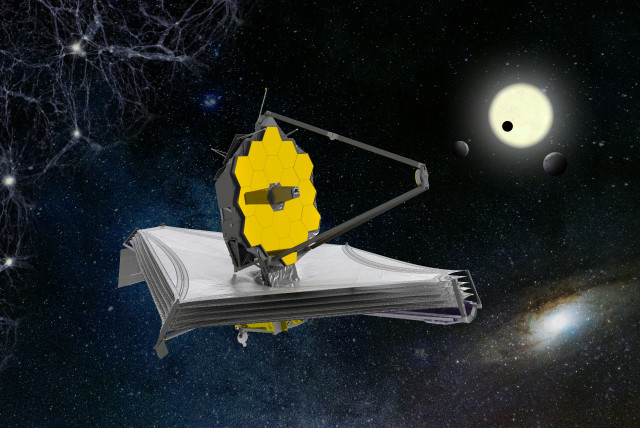Scientists accidentally find dwarf galaxy that shouldn't exist - study

Dwarf galaxy PEARLSDG was found by scientists using NASA's James Webb Space Telescope. However, its existence goes against established knowledge of galaxy formation.
Scientists have discovered a dwarf galaxy by complete accident that shouldn't be able to exist, according to a recent study.
The galaxy in question, PEARLSDG, was discovered by researchers from the University of Arizona making use of NASA's James Webb Space Telescope while trying to conduct a different study of a galaxy cluster.
The findings of this study were published in the peer-reviewed academic periodical the Astrophysical Journal Letters.
A dwarf galaxy far, far away: An accidental discovery
Dwarf galaxies are a type of galaxy found in space that, as the name implies, are relatively small. For comparison, a dwarf galaxy may contain just a thousand stars or a few billion stars. The Milky Way galaxy, however, has around 200 billion stars. This, in turn, means dwarf galaxies are usually not as bright and therefore can be harder to spot.
However, dwarf galaxies far outnumber the other kinds of galaxies in the universe.

Normally, dwarf galaxies are either quiescent, which means they're near larger galaxies that they interact with, or they are isolated, which means they're by themselves and form new stars. This understanding has been a pillar of scientific understanding of galaxy evolution.
But these researchers managed to find one that wasn't forming new stars and also wasn't interacting with a larger galaxy at all.
These scientists spotted dwarf galaxy PEARLSDG, located some 98 million light years away from Earth, by complete accident, having been examining a galaxy cluster as part of the James Webb Space Telescope Prime Extragalactic Areas for Reionization and Lensing Science (PEARLS) project. It had just shown up in some of the images they took.
But if this dwarf galaxy isn't making new stars, and it isn't interacting with a larger galaxy, then what's going on?
The scientists believe that PEARLSDG may just be a rare example of an isolated quiescent dwarf galaxy.
"These types of isolated quiescent dwarf galaxies haven't been seen before except for relatively few cases. They are not really expected to exist given our current understanding of galaxy evolution, so the fact that we see this object helps us improve our theories for galaxy formation," study leader Tim Carleton of the University of Arizona said in a statement.
"Generally, dwarf galaxies that are out there by themselves are continuing to form new stars."
They were able to figure this out by using the James Webb Space Telescope's instruments to image specific stars in this galaxy. By doing this, the scientists could figure out that the stars lacked a certain color signature that occurs in new stars.
In other words, not only was this galaxy not creating new stars, but all the stars it has are very old already.
But scientists don't think that this galaxy is a singular anomaly. Rather, they think it's likely one of many isolated quiescent dwarf galaxies out there, all just waiting to be discovered. And the James Webb Space Telescope has proven that scientists have the tools to do exactly that.
Ultimately, this discovery raises more questions about the evolution of galaxies.
